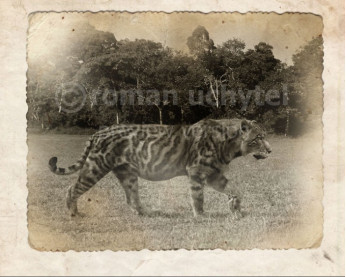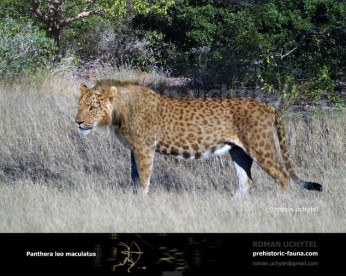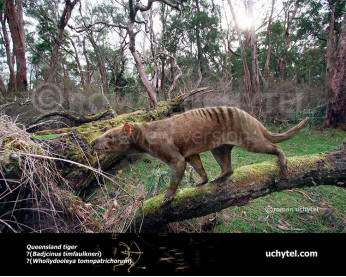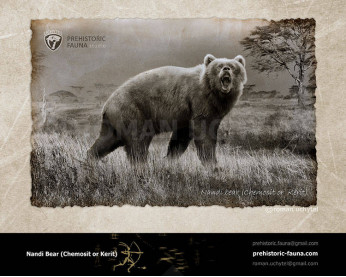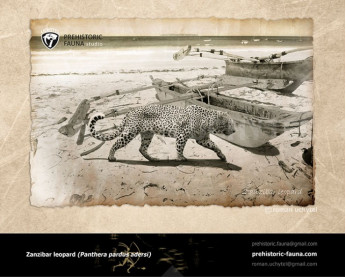Sri Lankan lion
2026020260The Sri Lankan lion (Panthera leo sinhaleyus)
Panthera leo sinhaleyus is an extinct prehistoric subspecies of lion, excavated in Sri Lanka. It is believed to have become extinct prior to the arrival of humans c. 37,000 years BCE.
In 1938, the paleontologist Paulus Deraniyagala named a new prehistoric subspecies of lion, Panthera leo sinhaleyus, based on a single left lower carnassial (M1) tooth excavated from deposits in Kuruwita as the holotype and a damaged right lower canine tooth from the same location as a "metatype". It was further described, but named only as Panthera leo, in a 2005 study of felid fossils from the Kuruwita site.
Deraniyagala called the holotype "narrower and more elongate" but otherwise provided little information on what distinguished P. l. sinhaleyus from other lion subspecies, and distinguished it only from the teeth of tigers by its larger size. The 2005 study also described it in more detail.
The Sri Lankan lion (Panthera leo sinhaleyus)
Panthera leo sinhaleyus is an extinct prehistoric subspecies of lion, excavated in Sri Lanka. It is believed to have become extinct prior to the arrival of humans c. 37,000 years BCE.
In 1938, the paleontologist Paulus Deraniyagala named a new prehistoric subspecies of lion, Panthera leo sinhaleyus, based on a single left lower carnassial (M1) tooth excavated from deposits in Kuruwita as the holotype and a damaged right lower canine tooth from the same location as a "metatype". It was further described, but named only as Panthera leo, in a 2005 study of felid fossils from the Kuruwita site.
Deraniyagala called the holotype "narrower and more elongate" but otherwise provided little information on what distinguished P. l. sinhaleyus from other lion subspecies, and distinguished it only from the teeth of tigers by its larger size. The 2005 study also described it in more detail.

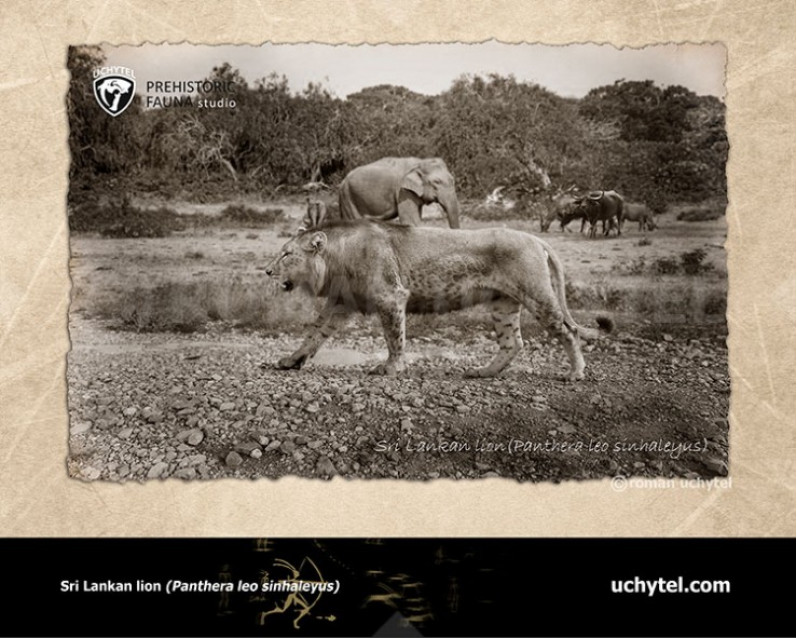
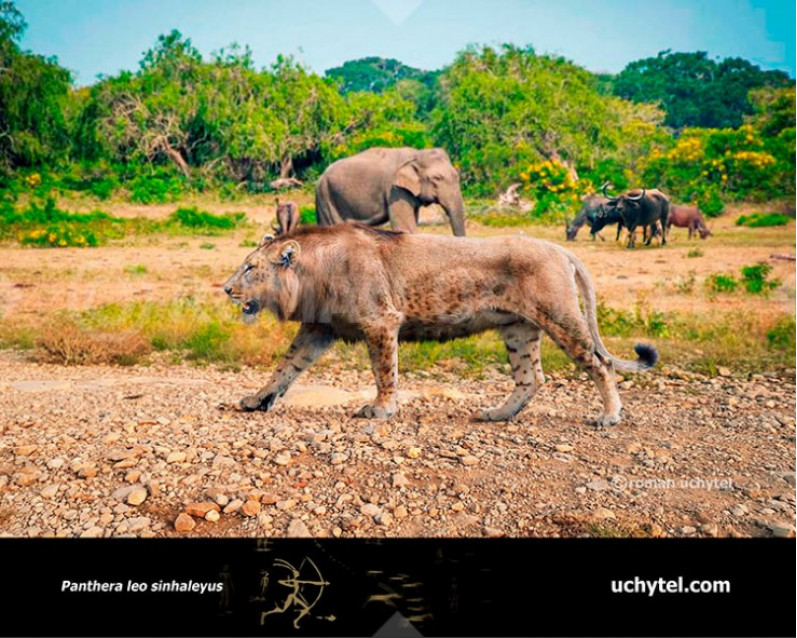
-797x638.jpg)


-70x56.jpg)
